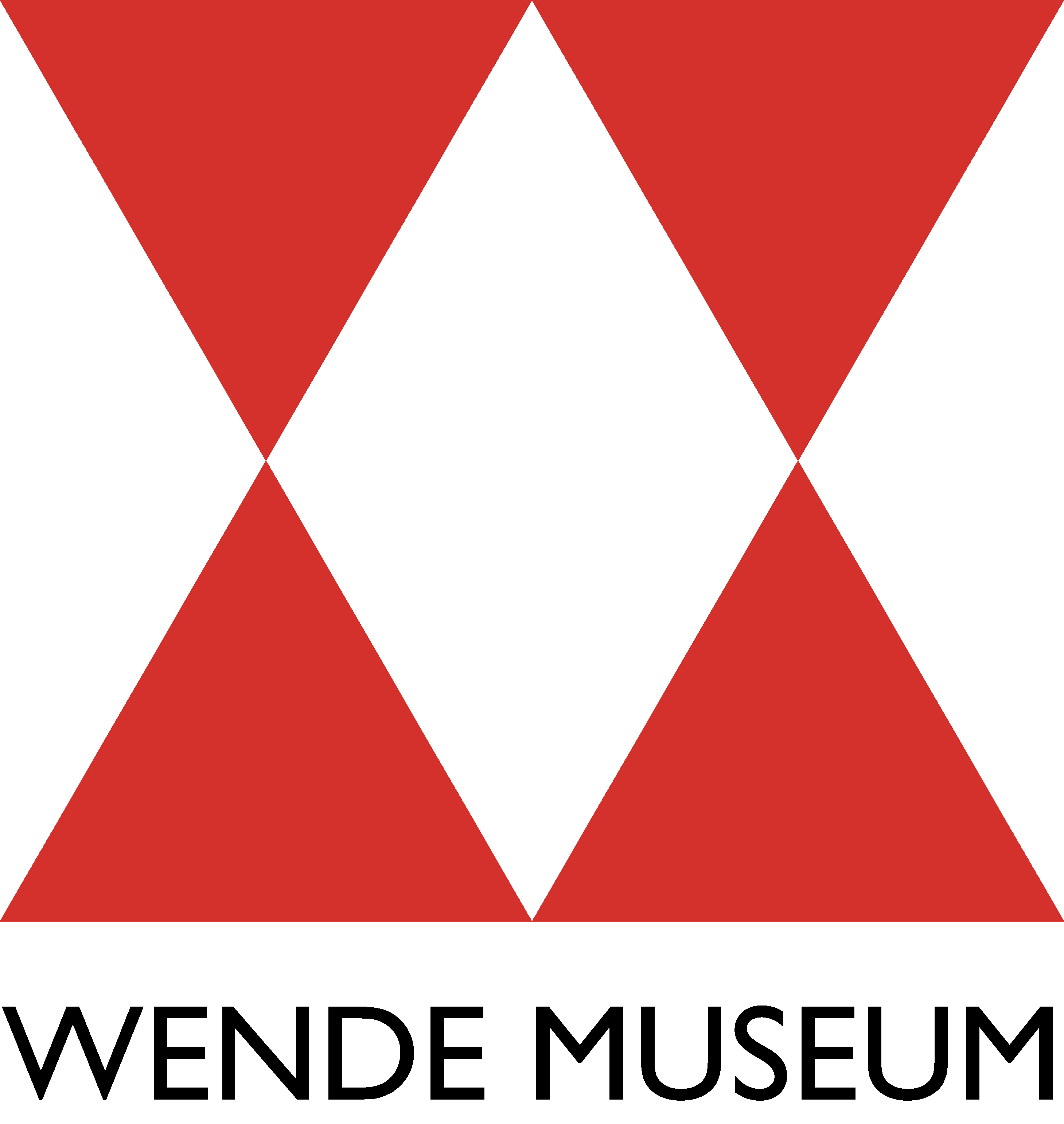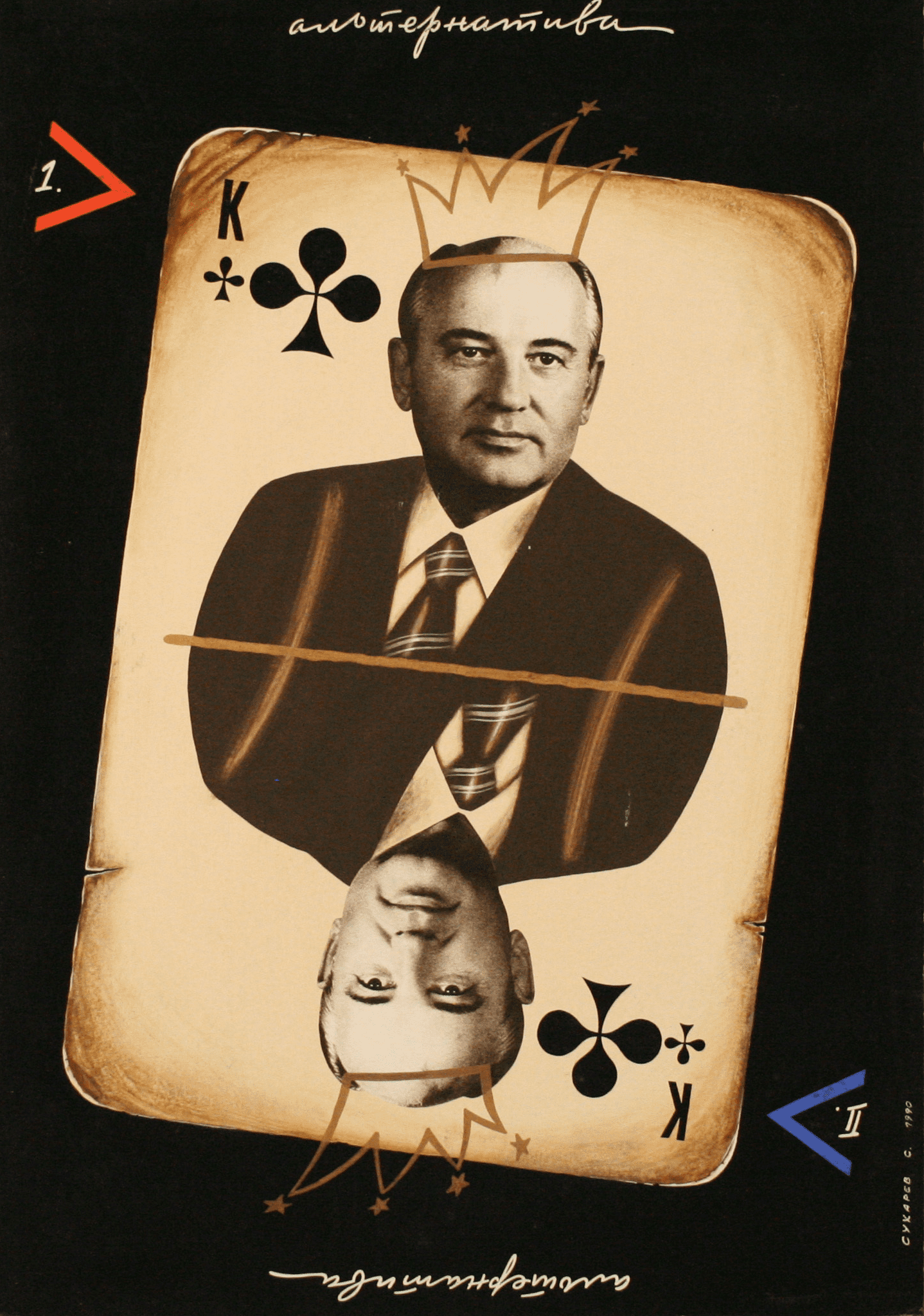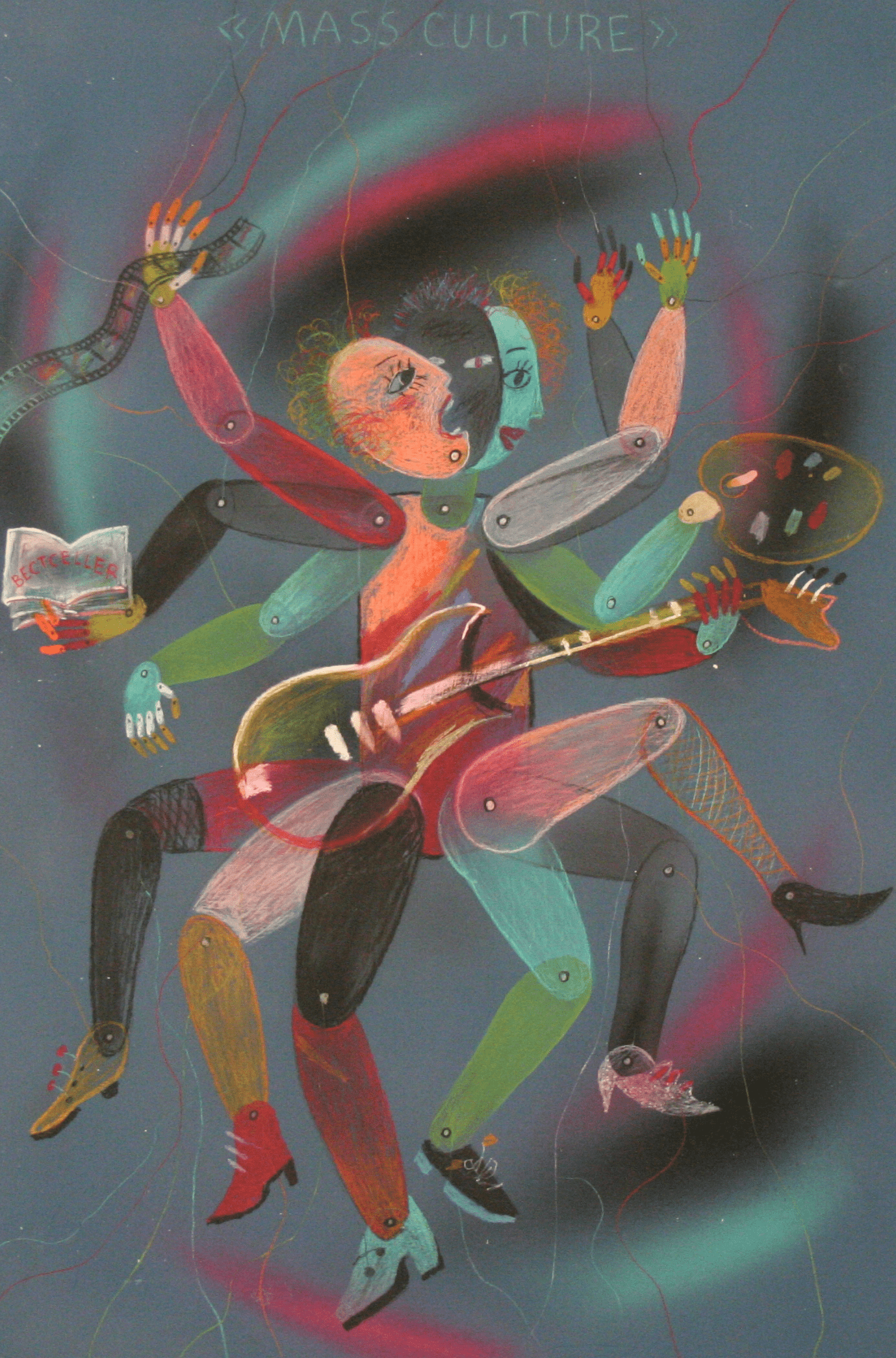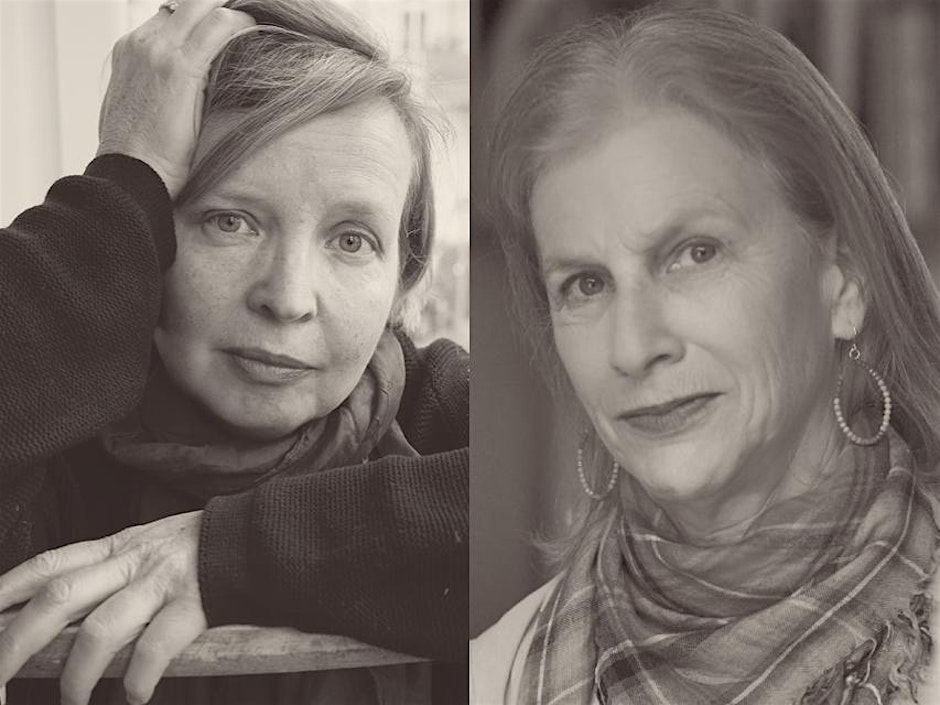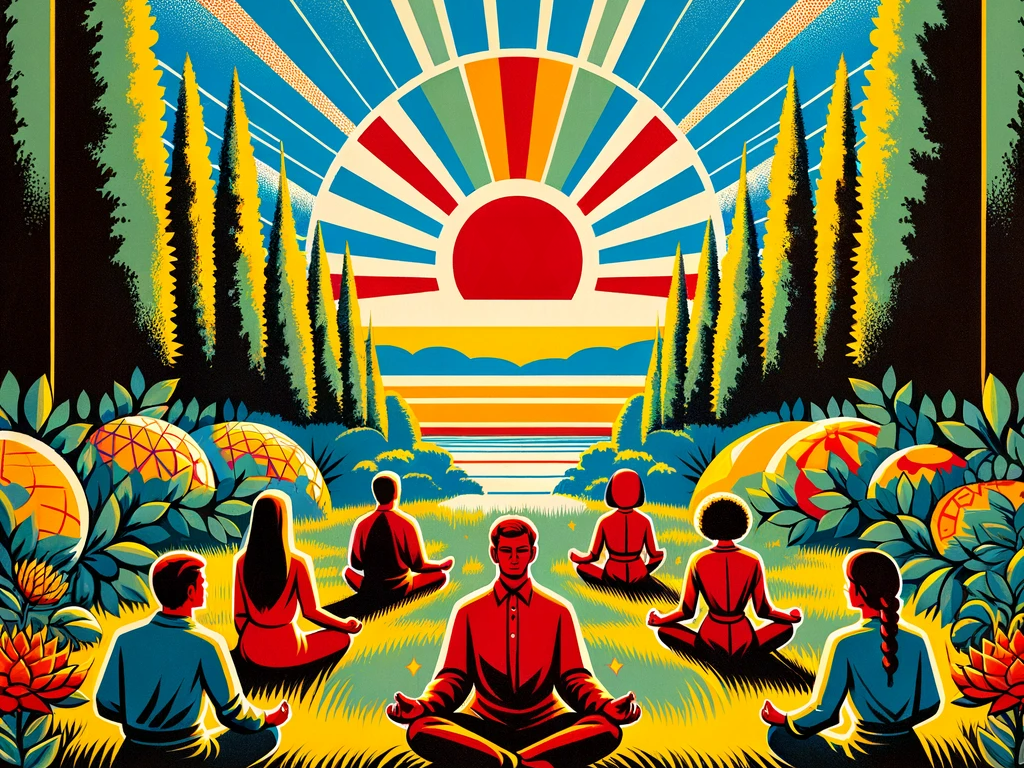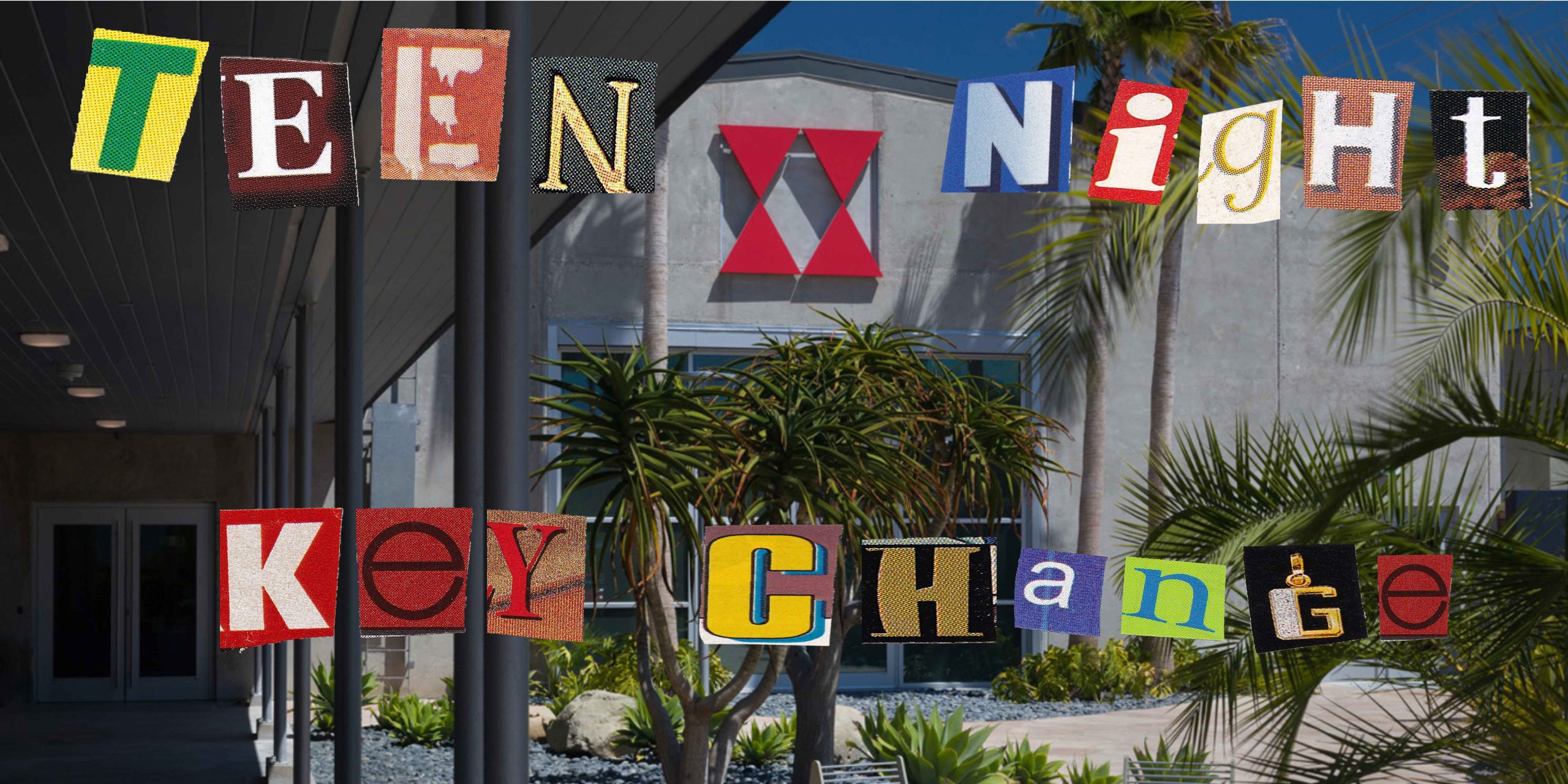Atomic Terrain: Reading & Conversations
From the historic claiming of land as national territory, to the systematic contamination of landscapes, the human impact on the natural world in the name of global security carries a tension between cultivation and control, peace and conflict. Atomic Terrain is an in-depth exploration of this tension as it pertains to the development of the atom bomb, and how the nuclear age transformed humanity’s relationship with the natural world. Atomic Terrain exists as a dialogue between two creative projects about plant life and the heavy nuclear stories they carry: “B(L)OOM” and “How to Make a Bomb.” By pairing art and research, Atomic Terrain offers nature – the humble existence of plants around us – as an alternative access point to our nuclear past, and encourages us to reckon with the ways this history reverberates in today’s geopolitics and cultural landscape.
Atomic Terrain: Reading & Conversations
B(L)OOM: B(L)OOM, written by Lovely Umayam and published by Passenger Pigeon Press (Tammy Nguyen) is about the retelling of history from the perspective of plants that survived and communities that rebuilt amid the aftermath of nuclear destruction (gingko trees in Japan) or persevered under nuclear threat (sunflowers in Ukraine). Through historical research, creative nonfiction, and hand-made artbook, B(L)OOM weaves a story around a single powerful image: life growing out of rubble.
How to Make a Bomb: How to Make a Bomb is a durational gardening project, examining the structural connections between horticulture, state power, and nuclear colonialism. The project centres on a rare species of garden rose, the Rosa floribunda ‘Atom Bomb’, which was developed by German rose breeder Reimer Kordes in 1953 during the height of post-war nuclear fervour. Through processes of grafting and taking cuttings, How to Make a Bomb sees Hirst propagate new specimens of this rose from one of the few remaining plants of the original species, and teaches others how to do the same through How to Make a Bomb public workshops and printed manuals. Since August 2019, the How to Make a Bomb project has been hosted by The Old Waterworks (TOW), in collaboration with curator Warren Harper. TOW is poignantly in close proximity to Foulness Island, a key nuclear weaponry development site, where test weapons bound for Maralinga and the Monte Bello Islands were developed in the 1950s.
Artists (bios below)
Lovely Umayam
Gabriella Hirst
Warren Harper
Special Thanks to Jackie Waight, Philippa Stewart, and Holly Greene
BIOS
Lovely Umayam IG: @bombshelltoe | www.bombshelltoe.com
Lovely Umayam is a writer and a nuclear nonproliferation researcher. She is the founder of the Bombshelltoe Policy and Arts Collective, a creative organization pushing for an active exploration of arts, culture and history to promote nuclear nonproliferation, arms control and disarmament. Bombshelltoe is the first-prize recipient of the US Department of State’s Innovation in Arms Control Challenge in 2013. Since then, Bombshelltoe, in collaboration with scientists, artists, historians and other experts developed a wide range of multimedia works featured in official spaces such as the United Nations and other diplomatic fora, as well as more public platforms including The Metropolitan Museum of Art, The Einstein Forum, AWWWARDS Design, and others.
Lovely is also currently a Non-Resident Fellow at the Stimson Center, where she conducts research on technologies like blockchain (distributed ledger technology) and their potential applications for tracking nuclear materials during transport and protecting related facilities. She also serves as a Games for Change Impact Fellow, where she curates experiential learning and design for VR and XR films about nuclear weapons issues. Her creative and policy work have appeared in various platforms, including The New York Times, Associated Press Newswire, SxSW, Wired, Pioneer Works, Catapult Magazine, among others
Formerly, Lovely was a Fellow managing nuclear security and supply chain security projects at the Stimson Center. She also worked on nuclear safeguards (South America and Southeast Asia portfolio), as well as track-II diplomatic engagements at the US Department of Energy – National Nuclear Security Administration. She was a Foreign Policy Interrupted Fellow and an N Square Innovator Fellow.
Gabriella Hirst IG: @gabriellahirst | www.gabriellahirst.com
Gabriella Hirst is an artist. She was born and grew up on Cammeraygal land (Sydney, Australia) and is currently living between Berlin and London. She works primarily with moving image, sculpture, performance, and with the garden as a site of critique and care. Gabriella’s practice explores the politics of capture. She is interested in how art and archival structures attempt to keep dynamic places, objects, people and stories in a state of stasis. Gabriella has long worked with plants and gardens as a key part of her practice, considering care for plants and the stories they carry as a negotiation of how certain histories and social connections are formed and maintained, and how the non-human, vegetal world is made legible.
Gabriella’s recent projects have been exhibited and commissioned by the Kunsthalle Osnabrück (DE), Focal Point Gallery (UK), The Art Gallery of New South Wales and the Australian Center for the Moving Image (AU). She is the recipient of the 2020 ACMI/Ian Potter Moving Image Commission, is a previous Marten Bequest Scholar and a recipient of the John Crampton Fellowship. She is an associate lecturer in Media Studies with the RCA School of Architecture.
Warren Harper IG: @warren__harper | www.warrenharper.info
Warren Harper is a curator and researcher currently based in Toronto, Canada. He was director then co-director at The Old Waterworks (TOW), an artist-led charity in Southend-on-Sea, Essex, UK, that provides studios, facilities, and research and development opportunities for artists. Warren is also a board member of The Other MA (TOMA) and a supporter and member of the Working Class Creatives Database, which is a platform to share and highlight the work of working class creatives. He is a PhD researcher at Goldsmiths, University of London, where he is working on a curatorial research project exploring Essex’s role in Britain’s nuclear story. Warren has worked with various galleries and institutions including Arts Catalyst (UK), Cement Fields (UK), Focal Point Gallery (UK), South London Gallery (UK) and Goldsmiths, University of London (UK).
